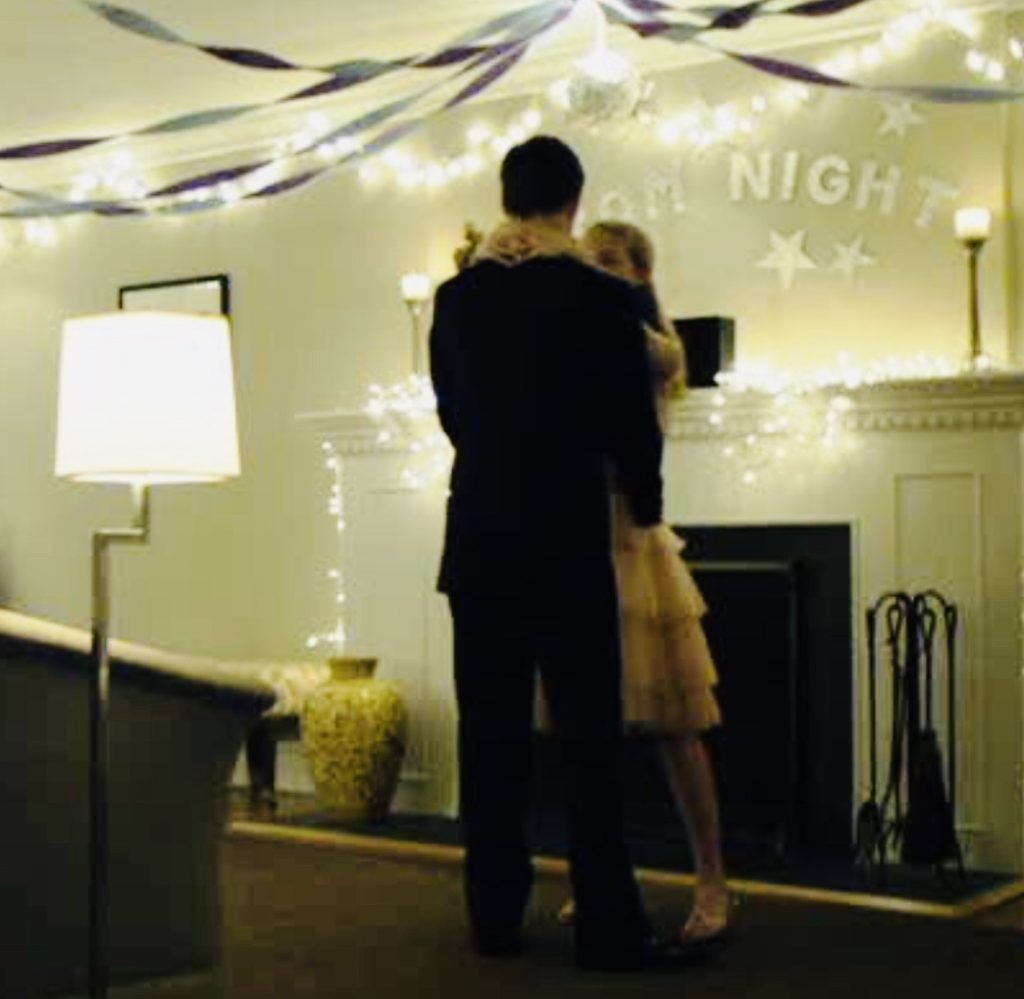It started with a dry cough. Patient zero was found in China. The virus was highly infectious. Experts talked about contact tracing, social distancing and the importance of hand-washing. There were asymptomatic carriers. Schools were closed. There was panic buying. Conspiracy theories. Misinformation. Fake and untested cures. Emergency hospitals in sports arenas…
No, I’m not telling the story of COVID-19. This is the story of MERS-1, the fictitious virus that spreads in the 2011 movie Contagion. I watched it last night. Many people have been doing the same since the lockdown started, and now that it’s on Netflix it will probably become a quarantine smash.
I was astonished by how many parallels there were to our current situation. But it seems the writers had done their homework about how a pandemic would unfold. The fictitious virus even originated in bats.
The key differences, certainly at the moment, were the scenes of civil unrest, looting, rubbish bags in the streets, eight million infected and a 30% mortality rate. Let’s hope it doesn’t come to that.
You might wonder why on earth anybody would want to watch a film about a deadly virus when people are dying in real life. But the New York Times has a theory about that, which is that in these times of uncertainty, people want to know what’s the worst that can happen.
That may well be the case. But I have another theory. As humans we crave narrative coherence, which means we need to fill in the gaps of a story and have it make sense.
At the moment we have no idea how this story will end, so we turn to fiction. In this instance the story ends with a vaccine, first distributed by lottery but eventually to the wider population. We see an image of hope – two teenagers in love, dancing together slowly at an indoor prom night, both wearing bracelets that prove they have been vaccinated.

Life eventually returns to normal. That’s what we want, isn’t it? The knowledge that, after all of this is over, we will return to normality. But the trouble with normality is that it isn’t constant.
Anyone who has an ageing parent or a family member with a degenerative disease (or suffers from one themselves) understands that you have to adjust to a new normal every day.
But it’s clear even in the movie that, although life goes on, everything has changed. And nothing will be the same for us when C-19 has departed our shores.
In order to navigate this unfamiliar territory we need that symbol of hope to give us faith in the future. We need the story to give us the equivalent of vaccine bracelets so we can dance together again.
As we stay at home in our lockdown bubbles, it may feel as if we have no control over the narrative. But let’s allow the possibility that a happy ending of some sort can emerge from our innate kindness and common humanity.
Leave a Reply